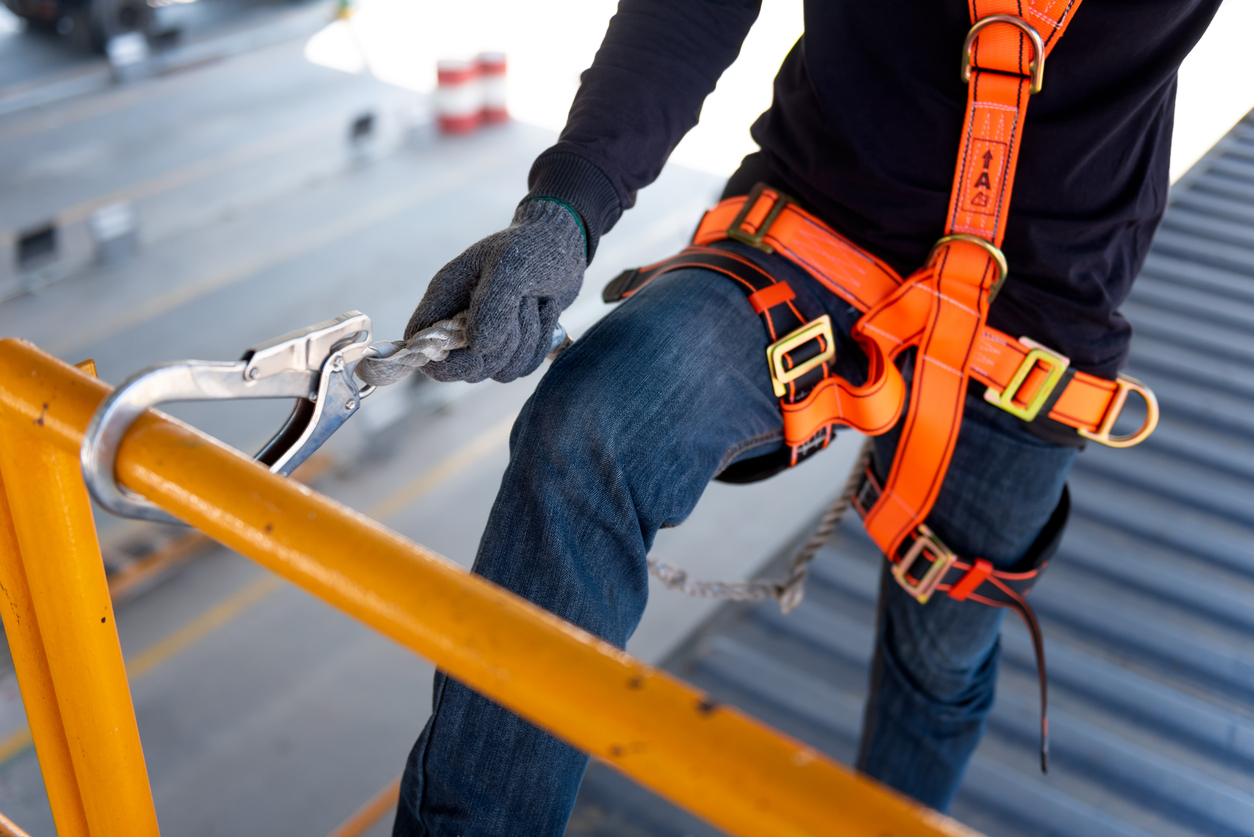
The Ultimate Guide To Height Safety Equipment
- Scaffolding
- Site Safety
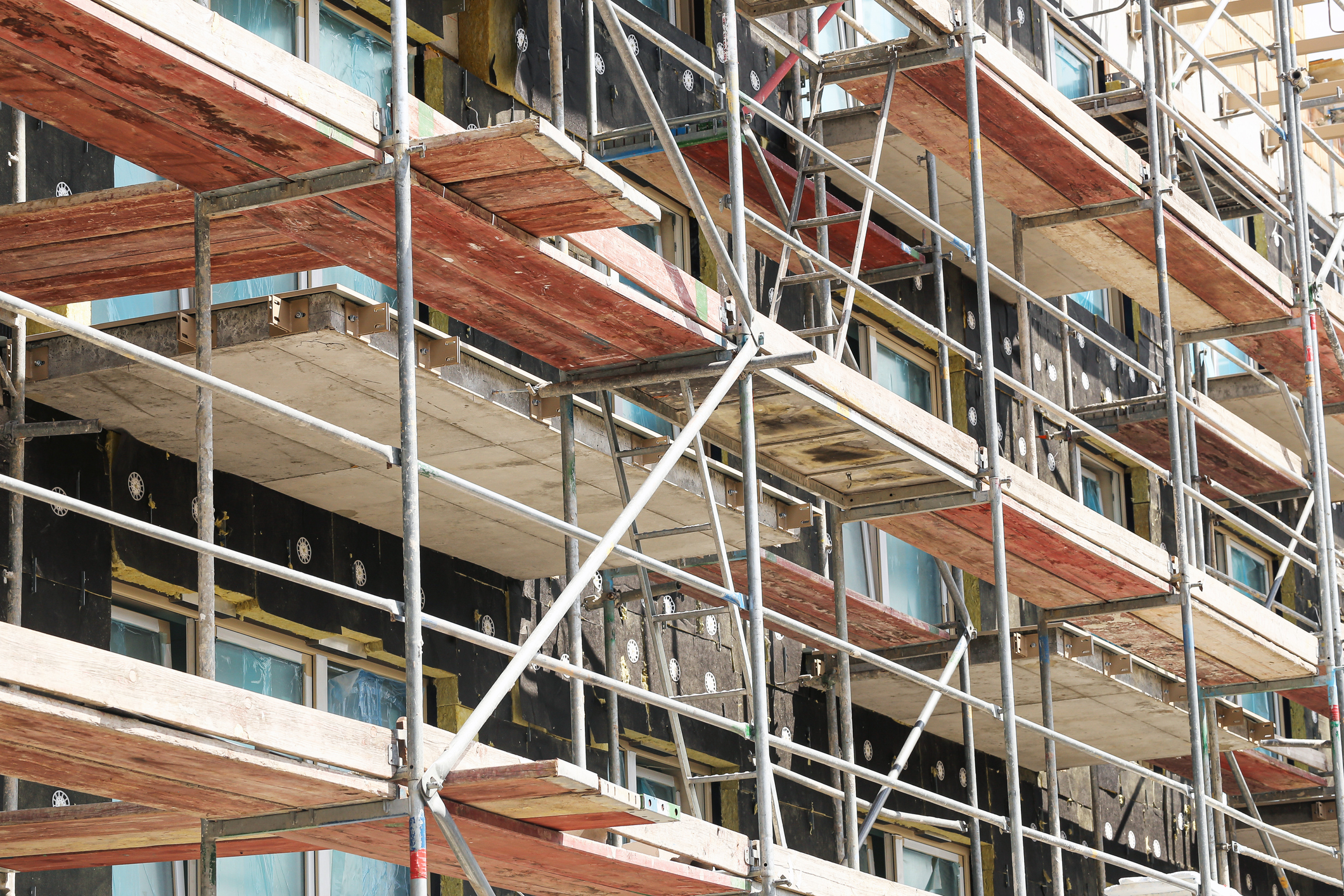
Scaffold boards are essential components in temporary access systems, allowing workers to operate safely and efficiently at height. They are essential for safe work environments, offering walking platforms and load-bearing surfaces. They are used across various settings, from construction and industrial sites to home renovation projects.
This comprehensive guide will help you in selecting appropriate scaffold boards for your needs, detailing everything from board dimensions and materials to treatment choices and complementary accessories.
Scaffolding boards are planks used to create walkways, platforms, or decks within a scaffold structure. They are designed to support the weight of personnel, tools, and materials during construction, maintenance, or inspection work.
Boards are available in various materials, sizes, and load ratings, and must meet specific safety standards depending on the application and location.
Scaffold boards are manufactured in several materials to suit different environments and requirements:
The standard width for scaffold boards is typically 225mm (9 inches). This width is widely accepted across various systems and provides enough space for safe foot traffic and tool access.
Some modular or specialist scaffold systems may use narrower or wider boards, especially in industrial or offshore applications.
Scaffold board thickness affects both load capacity and overall weight. Common thicknesses include:
Always consult your scaffold system or manufacturer guidelines to ensure compatibility and safety.
Scaffold boards are available in a range of lengths to suit different project needs. Common options include:
Shorter boards are often used for tower scaffolds, stair access platforms, or tight working areas, while longer boards cover greater spans across scaffold bays.
This depends on the material:
To summarise, typical dimensions include:
Note that exact dimensions and tolerances vary depending on the material and manufacturer, particularly in system-specific scaffold designs. We have a blog dedicated entirely to explaining the standard sizes of scaffolding boards, should you want to get more detail on this subject.
Yes. Depending on region and use, scaffold boards must meet local and national safety standards:
Always check for compliance markings or certification from your supplier or system manufacturer. We go further into this subject in its own blog, where you can learn more about scaffold board standards and sustainability.
Used primarily on timber boards, steel end bands prevent splitting and prolong lifespan. They’re typically nailed or screwed into place and help maintain structural integrity during repeated handling.
Another timber-specific solution, nail plates reinforce the board ends, reducing the risk of cracks and splits over time.
Available on metal and plastic boards, these features provide additional safety on slippery or wet surfaces. Some systems include rubberised ends or textured tread patterns for enhanced grip.
When selecting scaffold boards, consider the following:
Scaffold boards are critical to site safety and performance. Whether you choose timber for cost-effectiveness, metal for durability, or composite for low maintenance, understanding the different types, sizes, and standards ensures you get the right board for the job.
For added safety and board longevity, accessories like end bands, nail plates, and non-slip features are worth considering, especially for high-use or challenging environments.
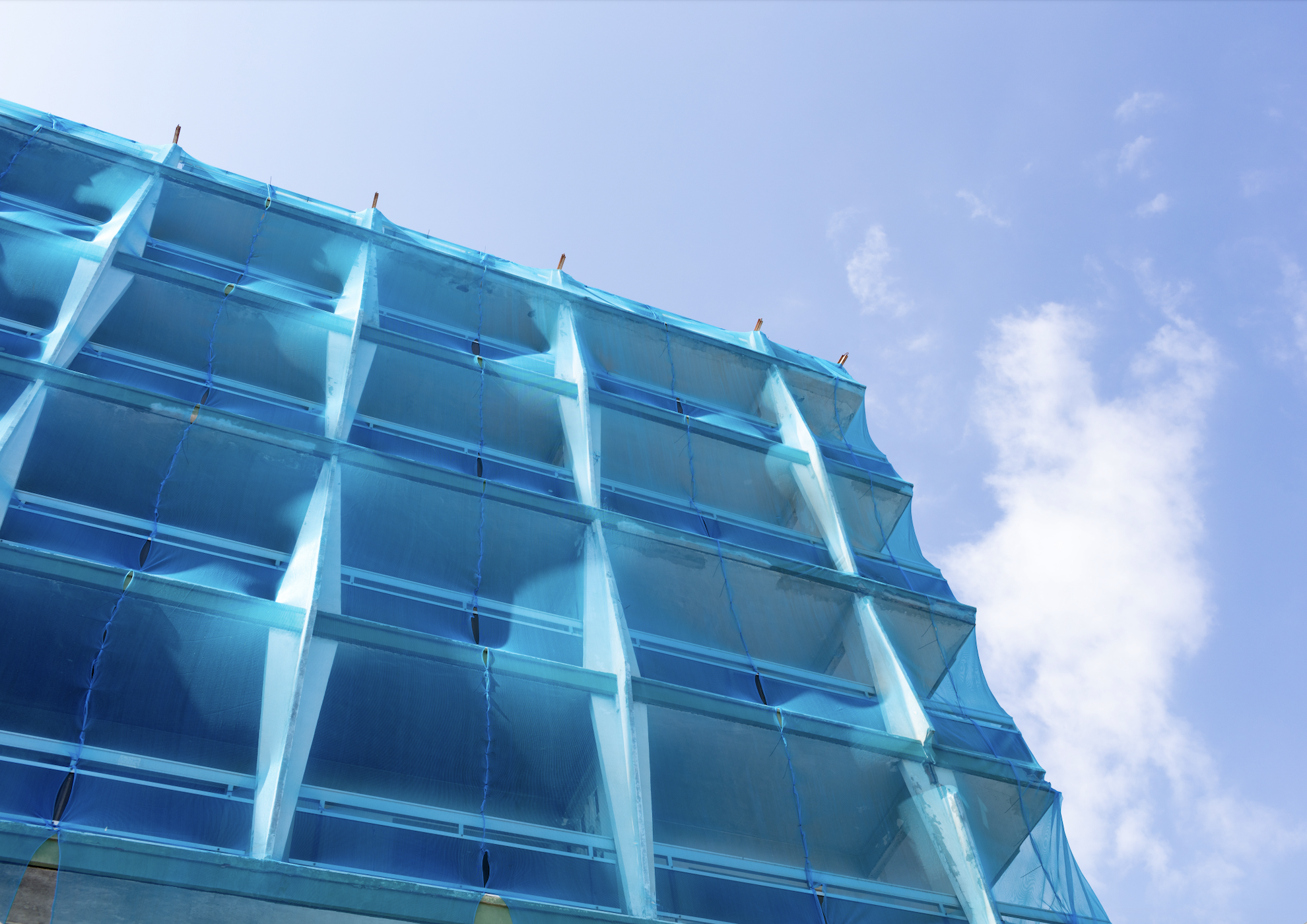
Working safely and efficiently from height starts with dependable edge protection. This guide explains what debris netting and ...
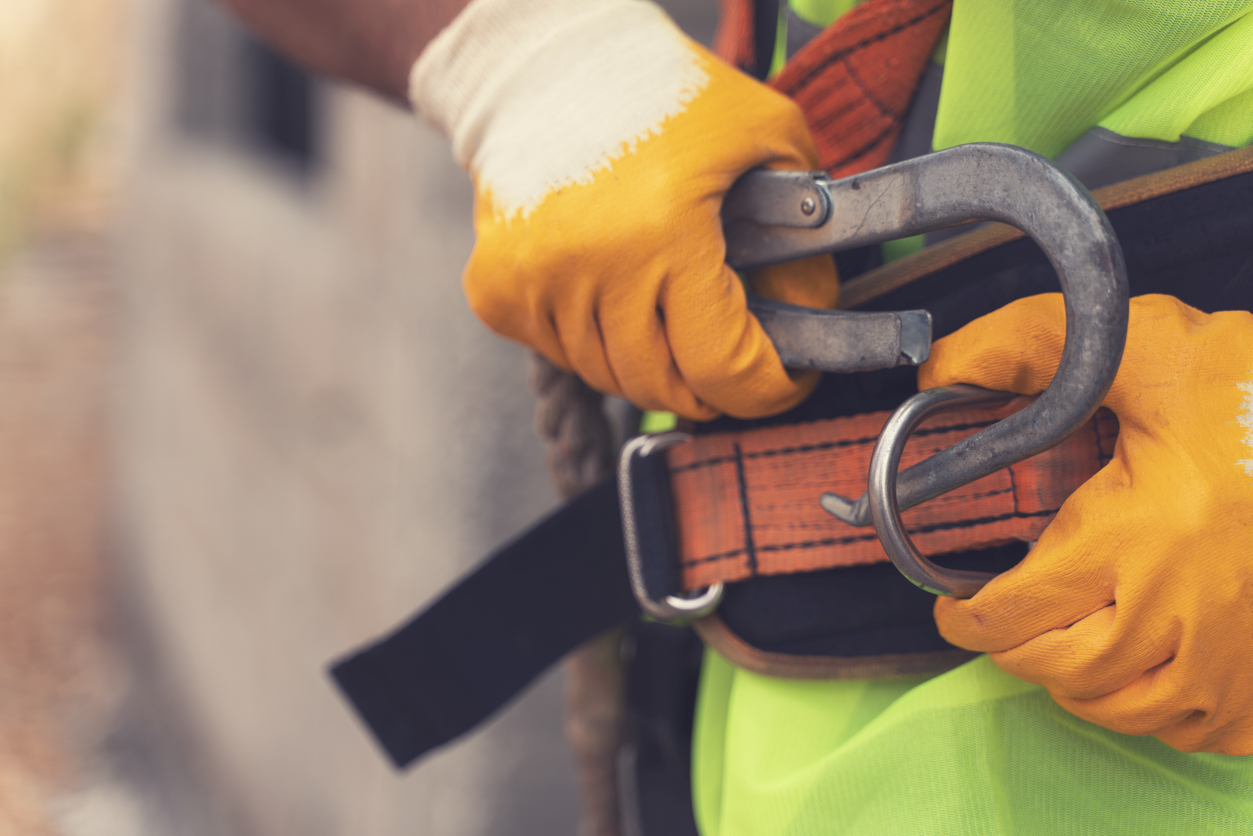
For scaffolding projects, having the right tools is paramount, as essential as the correct fixings and boards. The ...
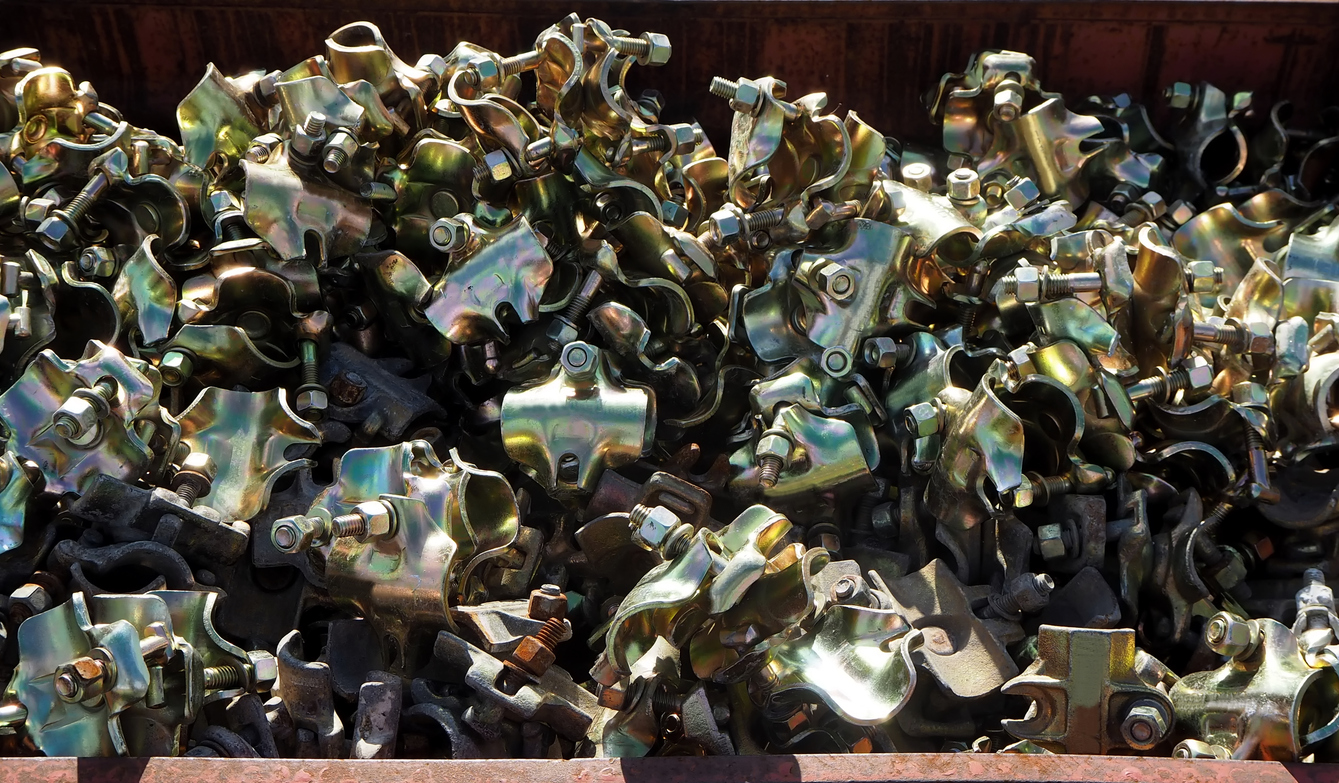
Working safely and efficiently from height requires strong, reliable connections. Scaffold fixings are the essential components that hold ...
Please select the List you wish to add to.